In 1854, the commissioners started a programme of development and improvement of the river that continued well into the C20th and laid the foundations for what was to become the modern-day Port of Tyne. Within 70 years, the River Tyne was deepened from 1.83 metres to 9.14 metres and over 150 million tonnes dredged from it. The North and South Piers at the river's entrance were built, together with the Northumberland, Tyne and Albert Edward Docks, and the staithes at Whitehill Point and Dunston. The results of these developments could be seen in 23 million tonnes of cargoe being handled by the Port by 1910.
On 31st July 1968 the Tyne Improvement Commission was dissolved and replaced with the Port of Tyne Authority, constituted on 28th June, and one of the UK’s largest trust ports.
The newspaper article from 1897, transcribed below, describes 'above bridge developments' of the 'great improvement scheme'.
Shields Daily Gazette, Monday 27 September 1897

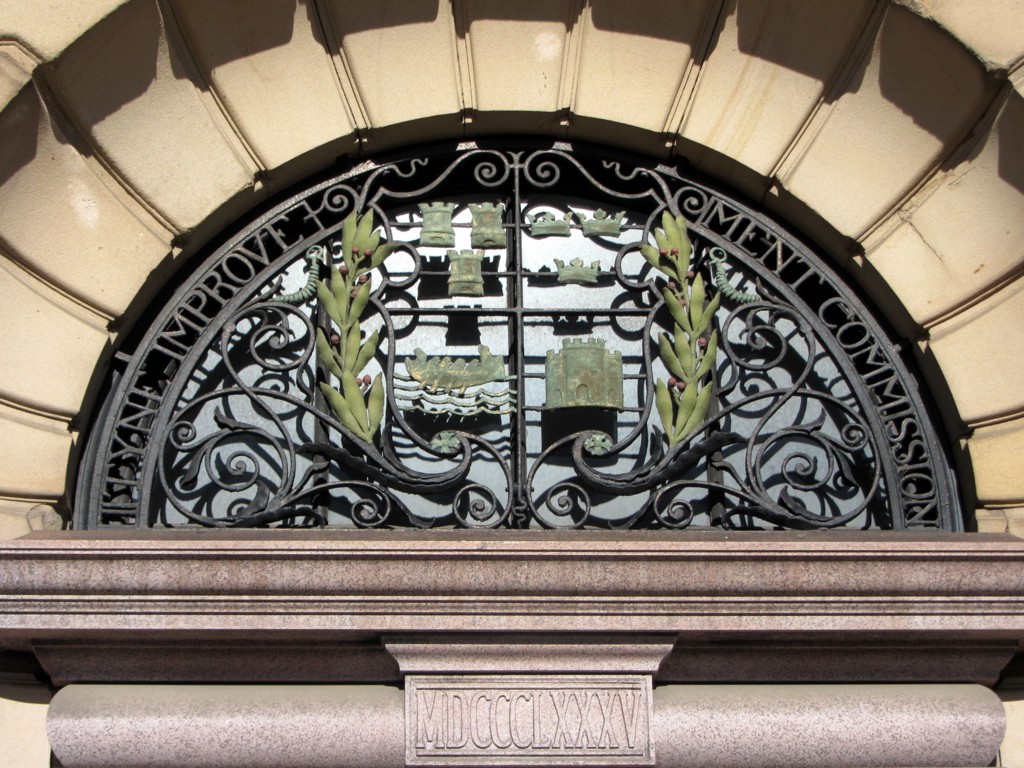
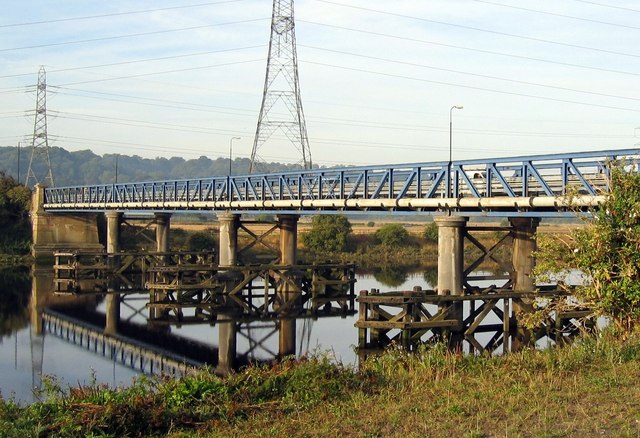
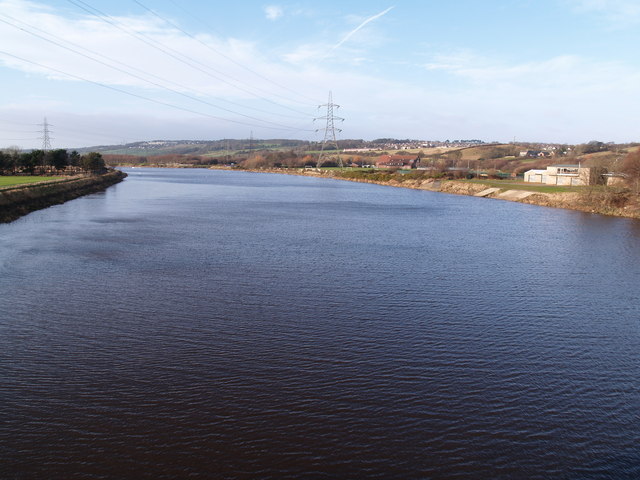
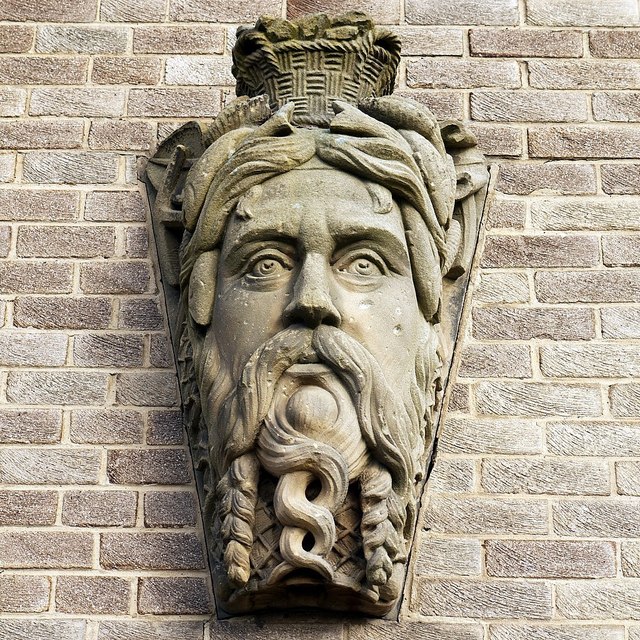
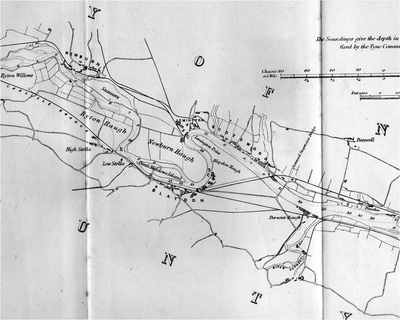
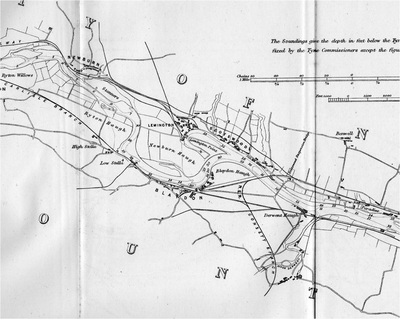

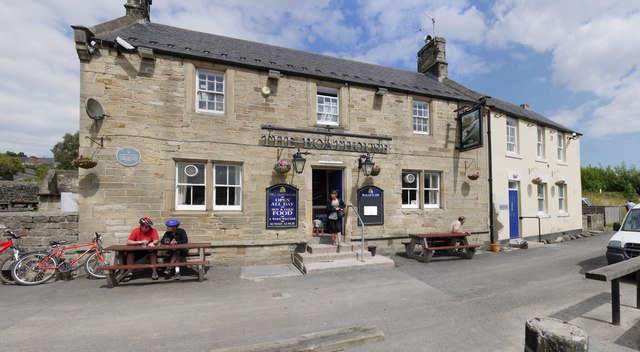
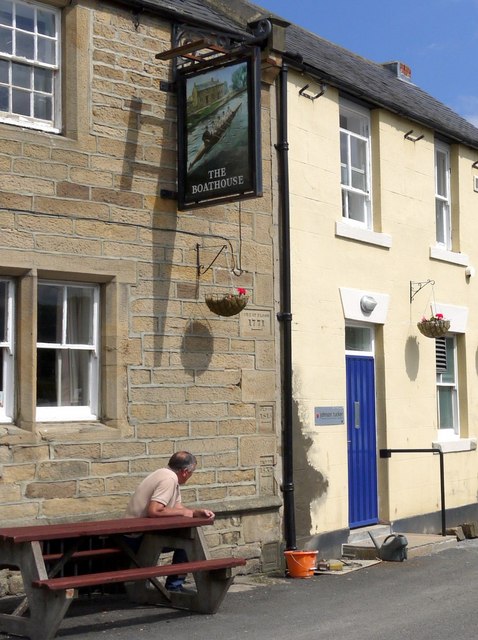
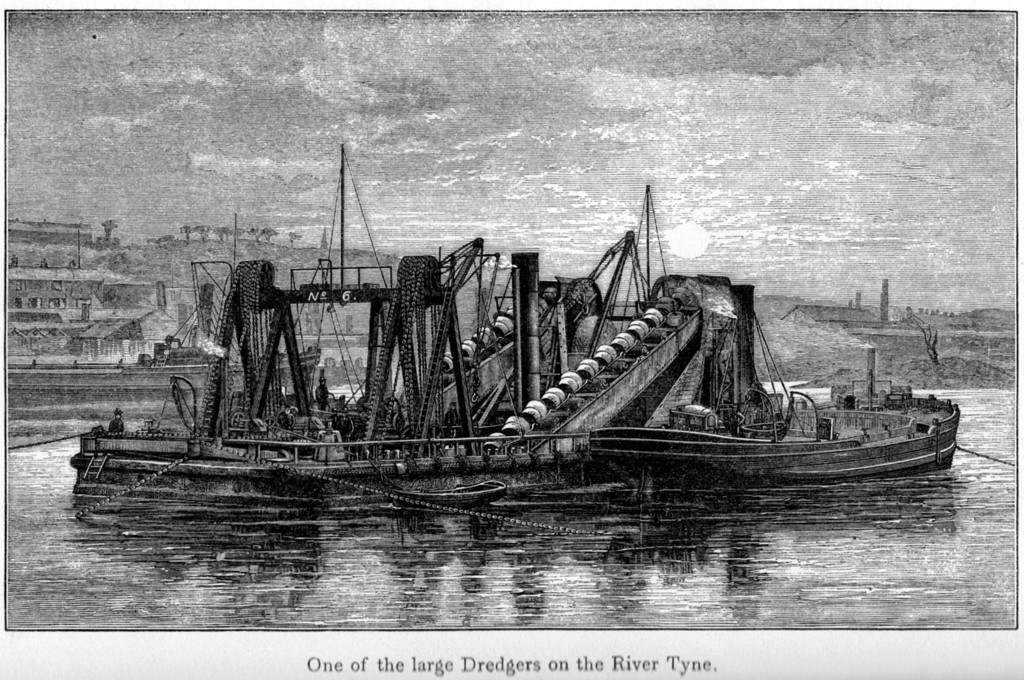
 RSS Feed
RSS Feed
